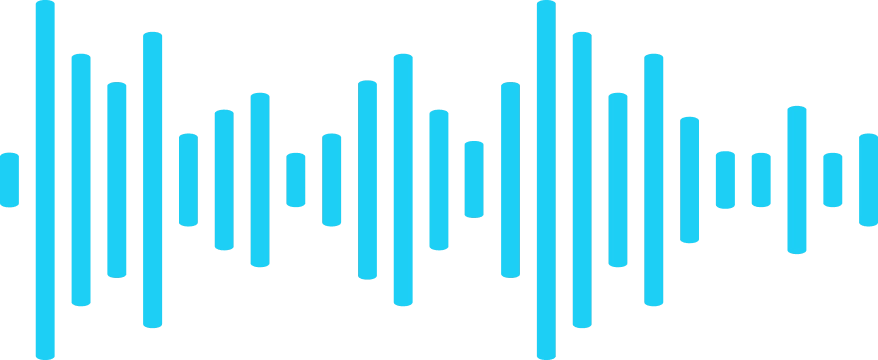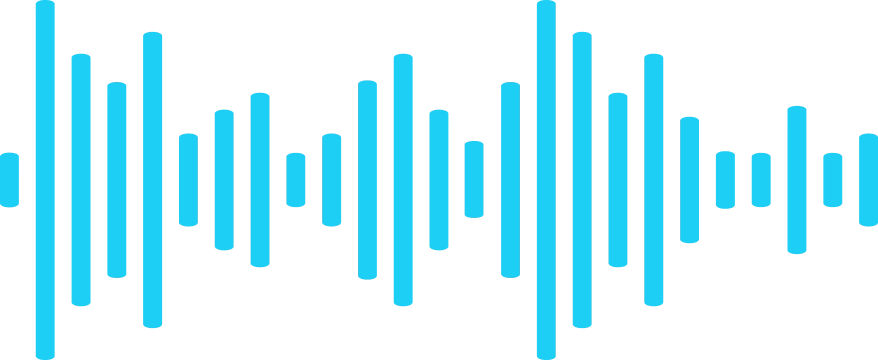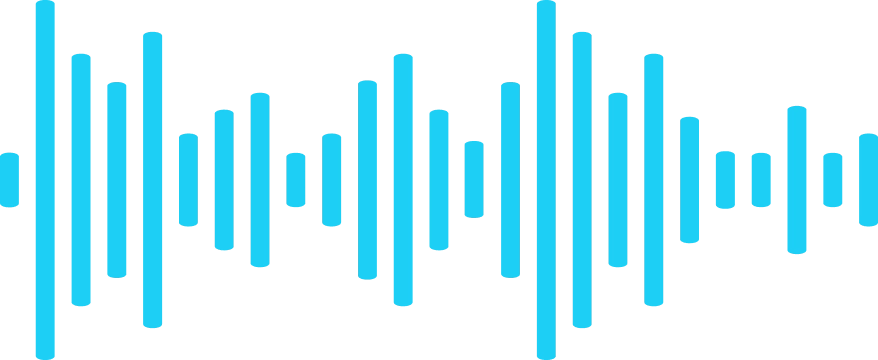What is distortion?
Distortion refers to any alteration or modification of an audio signal that deviates from its original or intended pattern. This alteration, often deliberate, results in a change in the waveform of the signal, leading to a unique sound output that is characteristic of various genres of music, most notably rock and metal.
Despite its seemingly negative connotation, distortion is not necessarily a bad thing in music. In fact, it is a powerful tool in the hands of musicians and audio engineers, used to add richness, depth, and character to the sound.
Understanding distortion
At its core, distortion is a form of signal processing where the input audio signal is manipulated in some way to produce a different output. This manipulation can take many forms, from simple amplification to complex modulation and filtering. The resulting sound can be harsh and gritty, or it can be warm and smooth, depending on the type and amount of distortion applied.
Distortion is often used to add harmonic content to a sound, which can make it sound fuller and richer. It can also be used to create a sense of power and aggression in the music, which is why it is commonly used in genres like rock and metal. However, it's also used in other genres to add a unique character to the sound.
Types of distortion
There are several types of distortion, each with its own unique characteristics. These include overdrive, fuzz, and clipping, among others.
- Overdrive is a type of soft clipping that produces a warm, smooth sound. It is often used in blues and rock music to add a bit of grit and sustain to the sound.

- Fuzz is a type of hard clipping that produces a harsh, aggressive sound. It is commonly used in psychedelic rock and heavy metal.

- Clipping is a form of distortion that occurs when an audio signal is amplified beyond its maximum limit, causing the peaks of the waveform to be "clipped" off. This results in a distorted sound that can be harsh and abrasive, but it can also add a sense of power and aggression to the music.
(The audio example below contains clipping distortion, which may be very loud and could cause discomfort to hearing if played at high volumes. Please adjust your volume to a lower level before listening.)

Other types of distortion include saturation, which adds harmonic content to the sound, and bit crushing, which reduces the audio quality to create a lo-fi, vintage sound.
Using distortion in music production
Distortion can be applied in several ways in music production. It can be added to an individual track to shape the sound of an instrument or vocal, or it can be added to a bus or the master track to affect the sound of multiple tracks or the entire mix. It can also be automated to change over time, adding dynamic interest to the music.
Distortion on individual tracks
Applying distortion to individual tracks can help shape the sound of an instrument or vocal, adding warmth, character, and intensity. For example, a guitar track might be distorted to create a gritty, aggressive sound, while a vocal track might be subtly distorted to add warmth and body. The amount and type of distortion used will depend on the desired sound and the genre of music.
When applying distortion to individual tracks, it's important to consider the frequency content of the track. Distortion tends to add harmonic content to the sound, which can make the track sound fuller and richer. However, it can also make the track sound muddy or harsh if not used carefully. Therefore, it's often a good idea to use EQ in conjunction with distortion to shape the sound and prevent any unwanted frequencies from becoming too prominent.
Distortion on buses and the master track
Distortion can also be applied to a bus or the master track to affect the sound of multiple tracks or the entire mix. This can be a powerful tool for adding cohesion and character to the mix, making the tracks sound like they belong together. However, it should be used sparingly and with care, as it can easily overwhelm the mix and mask the subtleties of the music.







